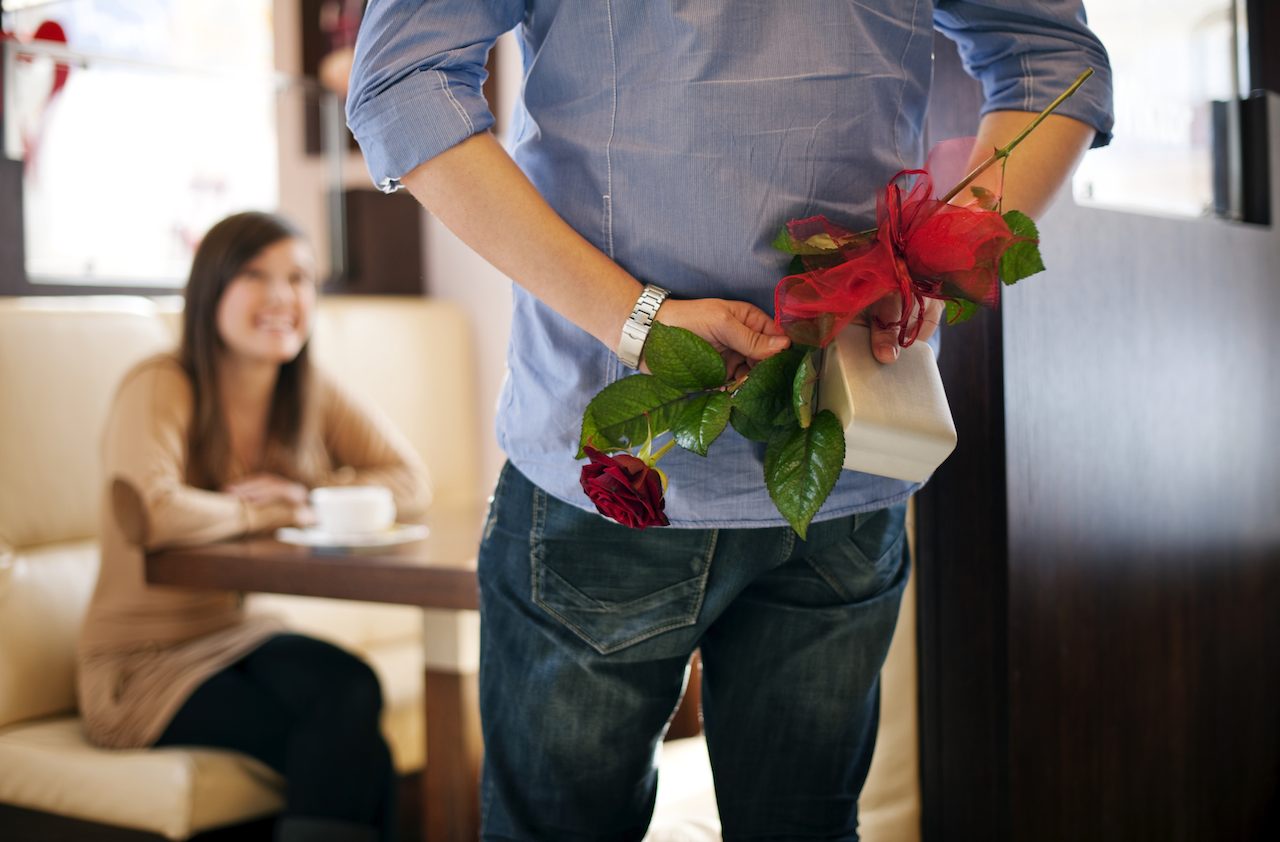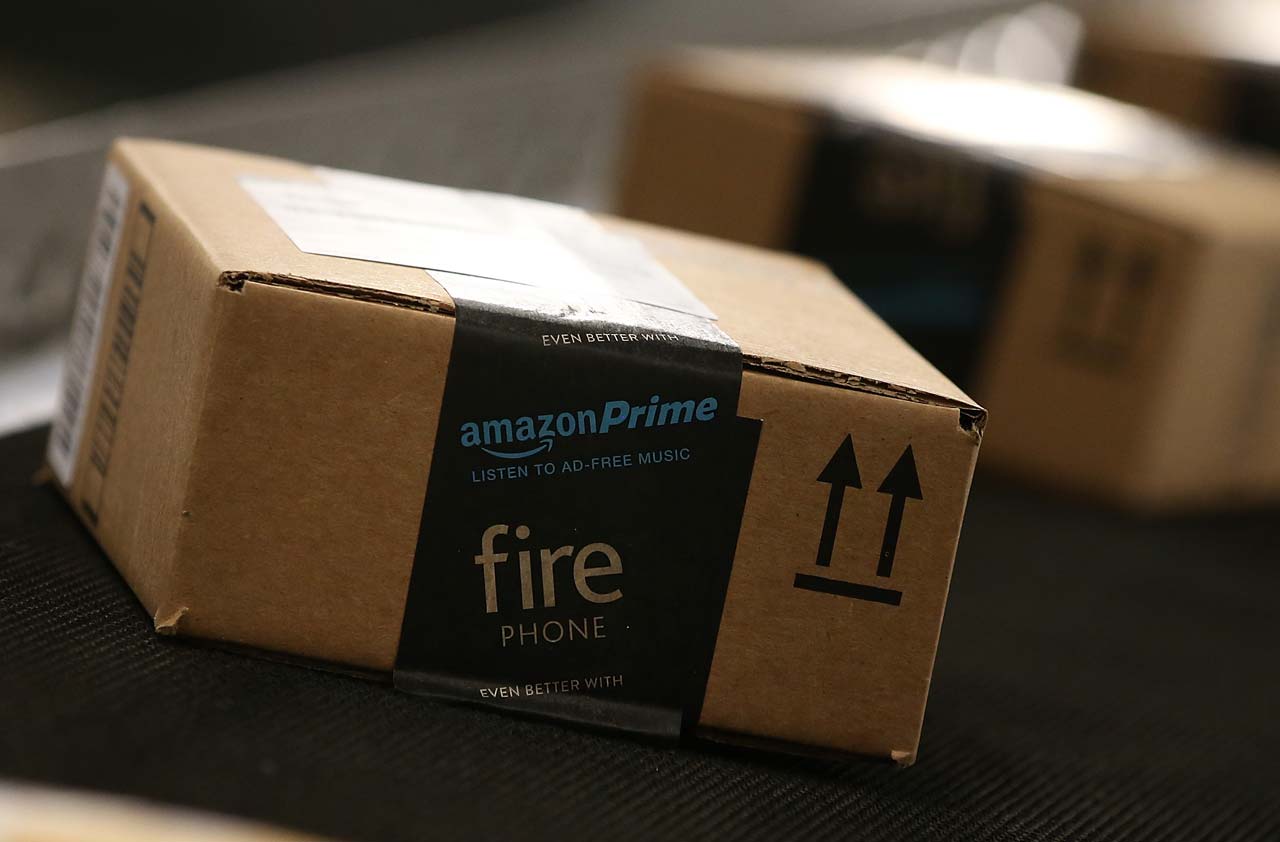6 Things You Must Know About Valentine's Day Gifts
Here's how to pick the right present for your sweetheart.

1. Gender matters.
Gift givers planned to spend an average of $134 on Valentine’s Day last year, with men saying that they would spend nearly twice as much as women. Greeting cards and candy were the most popular gifts, and roughly one-third of lovebirds (skewing heavily male) said they would buy flowers.
2. Especially in Alaska.
According to the 2013 U.S. Census, the state most heavily populated by men is Alaska, with North Dakota not far behind. In such places, men may be more motivated to spend money on wooing. Research from the University of Minnesota’s Carlson School of Management found that where there is a perceived scarcity of women, men generally tend to spend more and save less than do men in areas where women are more numerous. Similarly, when women think men outnumber them, they expect men to spend more on Valentine’s Day gifts (and dinner dates and engagement rings).
3. Roses may be more reasonable.
The wholesale price for roses (which florists pay) can double on Valentine’s Day—and what you pay more than covers that markup. But because Valentine’s Day falls on a Saturday this year, prices may be slightly lower than if the holiday had landed on a weekday. “There’s about 20% less demand on the weekend because men have more time to plan,” says Pete McBride, owner of ValentineRoses.com and Towers Flowers, a florist shop in North Babylon, N.Y. You may also do well at certain supermarkets or big-box stores, such as Wegmans and Costco, which tend to carry mid- to long-stem beauties (at least 50 centimeters long) and charge less than what florists bill for a professional arrangement.

Sign up for Kiplinger’s Free E-Newsletters
Profit and prosper with the best of expert advice on investing, taxes, retirement, personal finance and more - straight to your e-mail.
Profit and prosper with the best of expert advice - straight to your e-mail.
4. But you’ll pay up for chocolate.
A sharp rise in the cost of cocoa in 2014 because of rising global demand and fears of tight supplies led several major manufacturers to increase their prices during the summer. Hershey’s, for example, started charging 8% more for its candy in July. Mars, whose brands include Dove and M&M’s, hiked prices 7% the same month.
5. Together time is more precious than money.
Don’t sweat it if you’re reluctant to spend a bundle on a box of chocolates or a dozen roses. Studies show that activities that bring you closer to loved ones make you happier than buying expensive items. You and your significant other may get more joy from doing something you both love to do—say, catching a movie or making dinner together.
6. Make it a money date.
Still need inspiration for what to do with your significant other? Talk about money. If that doesn’t sound romantic, think again. A 2014 survey of married couples by the consumer services division of the credit bureau Experian found that 73% of women and 60% of men say they found their spouse more attractive when he or she was willing to talk about personal finances and credit. Brittney Castro, a financial planner in Los Angeles, suggests couples schedule regular “money dates,” during which spouses set and review their progress toward financial goals and air any money concerns. “By scheduling a date, each person can come to the conversation prepared,” she says. “You’re not ambushing each other at the end of a stressful workday.” Schedule the first money date for Valentine’s Day and you can discuss just how expensive flowers and chocolates are now.
Get Kiplinger Today newsletter — free
Profit and prosper with the best of Kiplinger's advice on investing, taxes, retirement, personal finance and much more. Delivered daily. Enter your email in the box and click Sign Me Up.
-
 Stock Market Today: Stocks Soar on China Trade Talk Hopes
Stock Market Today: Stocks Soar on China Trade Talk HopesTreasury Secretary Bessent said current U.S.-China trade relations are unsustainable and signaled hopes for negotiations.
By Karee Venema
-
 2026 Disney Dining Plan Returns: Free Dining for Kids & Resort Benefits
2026 Disney Dining Plan Returns: Free Dining for Kids & Resort BenefitsPlan your 2026 Walt Disney World vacation now. Learn about the returning Disney Dining Plan, how kids aged three to nine eat free, and the exclusive benefits of staying at a Disney Resort hotel.
By Carla Ayers
-
 Roth IRA Contribution Limits for 2025
Roth IRA Contribution Limits for 2025Roth IRAs Roth IRA contribution limits have gone up. Here's what you need to know.
By Jackie Stewart
-
 Four Tips for Renting Out Your Home on Airbnb
Four Tips for Renting Out Your Home on Airbnbreal estate Here's what you should know before listing your home on Airbnb.
By Miriam Cross
-
 Five Ways to a Cheap Last-Minute Vacation
Five Ways to a Cheap Last-Minute VacationTravel It is possible to pull off a cheap last-minute vacation. Here are some tips to make it happen.
By Vaishali Varu
-
 How to Figure Out How Much Life Insurance You Need
How to Figure Out How Much Life Insurance You Needinsurance Instead of relying on rules of thumb, you’re better off taking a systematic approach to figuring your life insurance needs.
By Kimberly Lankford
-
 Five Reasons You Shouldn't Shop on Amazon Prime Day
Five Reasons You Shouldn't Shop on Amazon Prime DaySmart Buying Think twice before getting lured into buying a bunch of stuff you don't need just because it's on sale.
By Andrea Browne Taylor
-
 Amazon Big Deal Days Is Coming! We’ve Got All the Details
Amazon Big Deal Days Is Coming! We’ve Got All the DetailsAmazon Prime To kick off the holiday season with a bang, Amazon Big Deal Days runs Tuesday, October 8 and Wednesday, October 9.
By Bob Niedt
-
 How to Shop for Life Insurance in 3 Easy Steps
How to Shop for Life Insurance in 3 Easy Stepsinsurance Shopping for life insurance? You may be able to estimate how much you need online, but that's just the start of your search.
By Kaitlin Pitsker
-
 Five Ways to Shop for a Low Mortgage Rate
Five Ways to Shop for a Low Mortgage RateBecoming a Homeowner Mortgage rates are high this year, but you can still find an affordable loan with these tips.
By Daniel Bortz